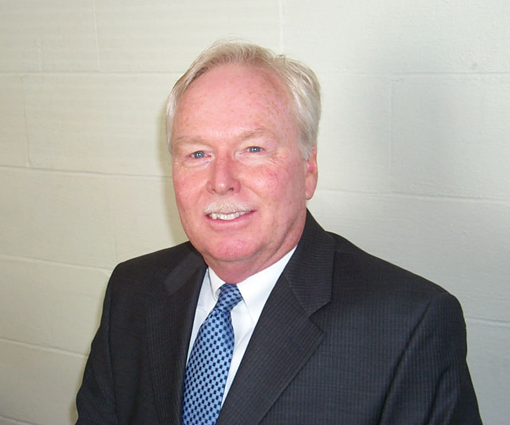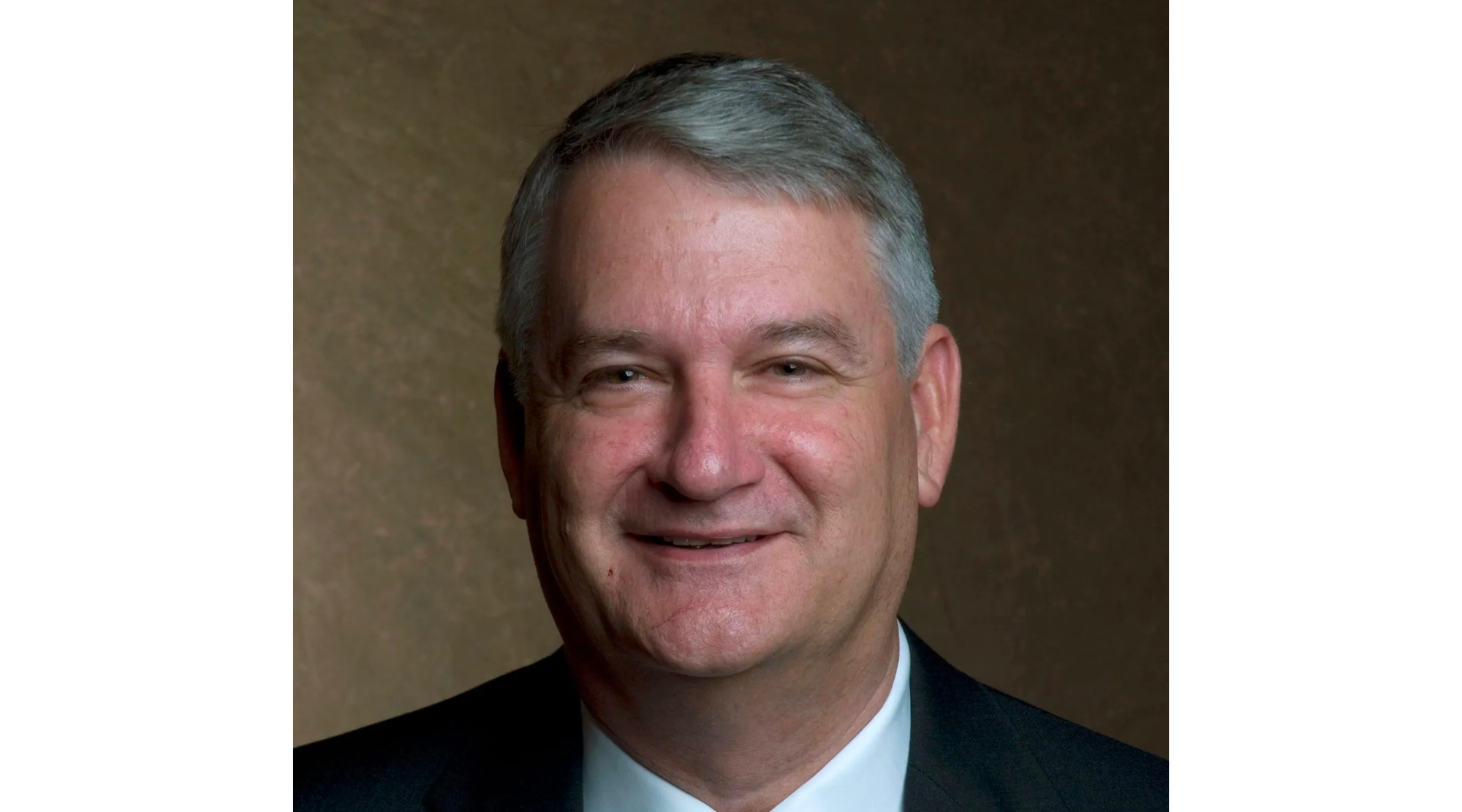Making the 2017 New Year a happy one
Published 5:42 pm Tuesday, January 3, 2017
This year January 1 fell on Sunday just like Christmas did the week before. Since Sunday is my only work day, I couldn’t stay up until the peach dropped in Atlanta or the Waterford Crystal ball in Times Square, New York City.
I shouldn’t blame my inability to stay up until midnight to welcome in the New Year on church. The fact is I haven’t welcomed in the New Year at that special time for many, many years. Even when I was younger, I found it hard to stay up for that purpose. Or any other purpose for that matter.
Plenty of people did, though. New York City estimates that around two million. Tradition has it that for the best fortune in the New Year, one must eat at least 365 peas, one for every day. The peas, as you know represent the coins you will make in the upcoming year and the greens represent the folding money. I like to eat more greens than peas.
We had Mrs. Virginia Brock’s home-going, funeral service at Sutton Chapel on New Year’s Day and, true to the tradition, there were plenty of peas and greens, but I missed the cornbread. The cornbread, according to tradition, represents gold.
Another tradition about the black-eyed peas and New Year’s Day has the combination of the back-eyed peas with stewed tomatoes. That represents not just prosperity for the New Year, but also good health. Sorry to say that we didn’t have any stewed tomatoes, but I’m still hoping for good health this year.
One more that I had not heard has a shiny penny or dime added to the pot of peas before they are served. The person who has the actual coin included with their serving of peas is to be particularly prosperous during the year. That is, unless he swallows the coin and that would not be a good way to start off the New Year!
My final tradition regarding the beginning of this year is that the song Auld Lang Syne is played as the New Year is approaching. The song was written by the Scottish poet Robert Burns, but he is not the one who made it popular.
An American big band leader by the name of Guy Lombardo is responsible for its popularity. He was a Canadian and was familiar with the song as he grew up in Ontario. When his brothers and he formed their big band, they first played the song at midnight at a New Year’s Eve party in 1929 in the Roosevelt Hotel in New York City.
The tradition of Auld Lang Syne and Guy Lombardo was so entrenched that Life magazine wrote that “unless Guy Lombardo plays Auld Lang Syne the New Year has not arrived.”
Lombardo is gone, but not that song. Happy New Year, folks.





